Grandland world premiere: Opel completes its electric range
For Opel/Vauxhall, it is the first model series based on the Stellantis platform STLA Medium. Peugeot presented the first STLA Medium model last year with the e-3008 – now Opel is following suit with its interpretation of an electric SUV. And with a different body concept, but more on that in a moment.
Regarding the drive technology, there are similarities – no surprise given the platform logic: the underbody of the STLA Medium can accommodate a battery of up to 98 kWh, as in the Grandland Electric. The SUV can travel “up to 700 kilometres” according to the WLTP – Opel is not yet giving an exact value for the world premiere. The press release also only mentions the 98 kWh battery. Peugeot also offers the e-3008 with a cheaper 73 kWh battery for a WLTP range of 525 kilometres. Opel/Vauxhall does not confirm nor deny that there will be two battery options in the Grandland.
Opel also remains somewhat vague when it comes to charging. Specifically, it says: “At a public fast-charging station, the Grandland only needs around 26 minutes to charge to 80 per cent of battery capacity.” However, it does not mention the starting charge level. Based on the well-known statement about the Peugeot sister model (“less than 30 minutes from 20 to 80 per cent”), one can assume that this statement applies to 20 to 80 per cent for the Grandland, not the industry-standard specification of 10 to 80 per cent. Nevertheless, as Opel now states a specific charging time, it can be calculated that the average charging capacity in the window from 20 to 80 per cent is 136 kW – a maximum of 160 kW is possible at the peak. With the STLA Medium, Stellantis brings an unusually large battery to the mid-range SUV class but leaves the platform with a 400-volt system for cost reasons. That results in a high (standard) range, but (calculated for ten to 80 per cent) possibly also slightly longer charging times – the customer has the choice.
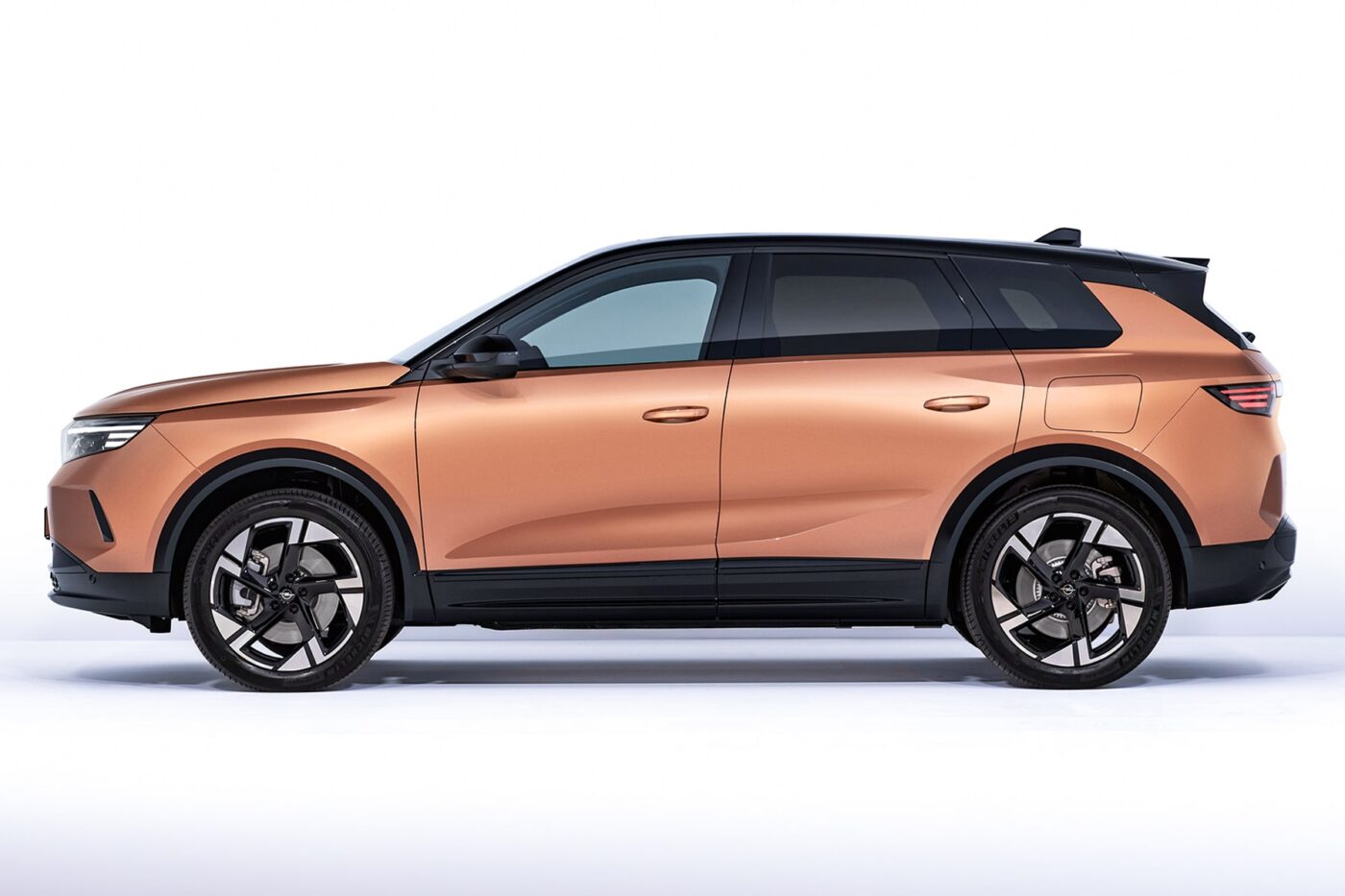
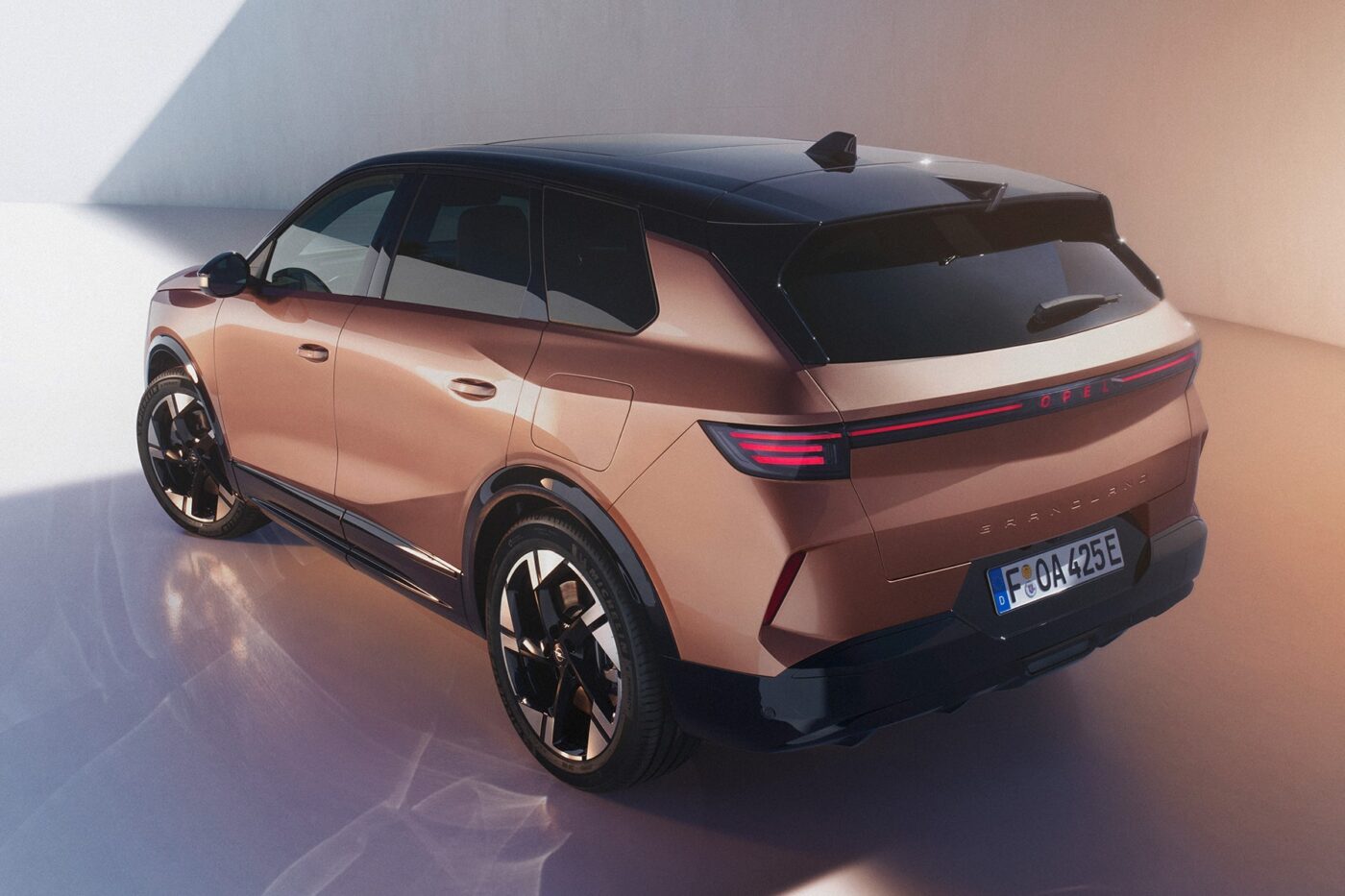
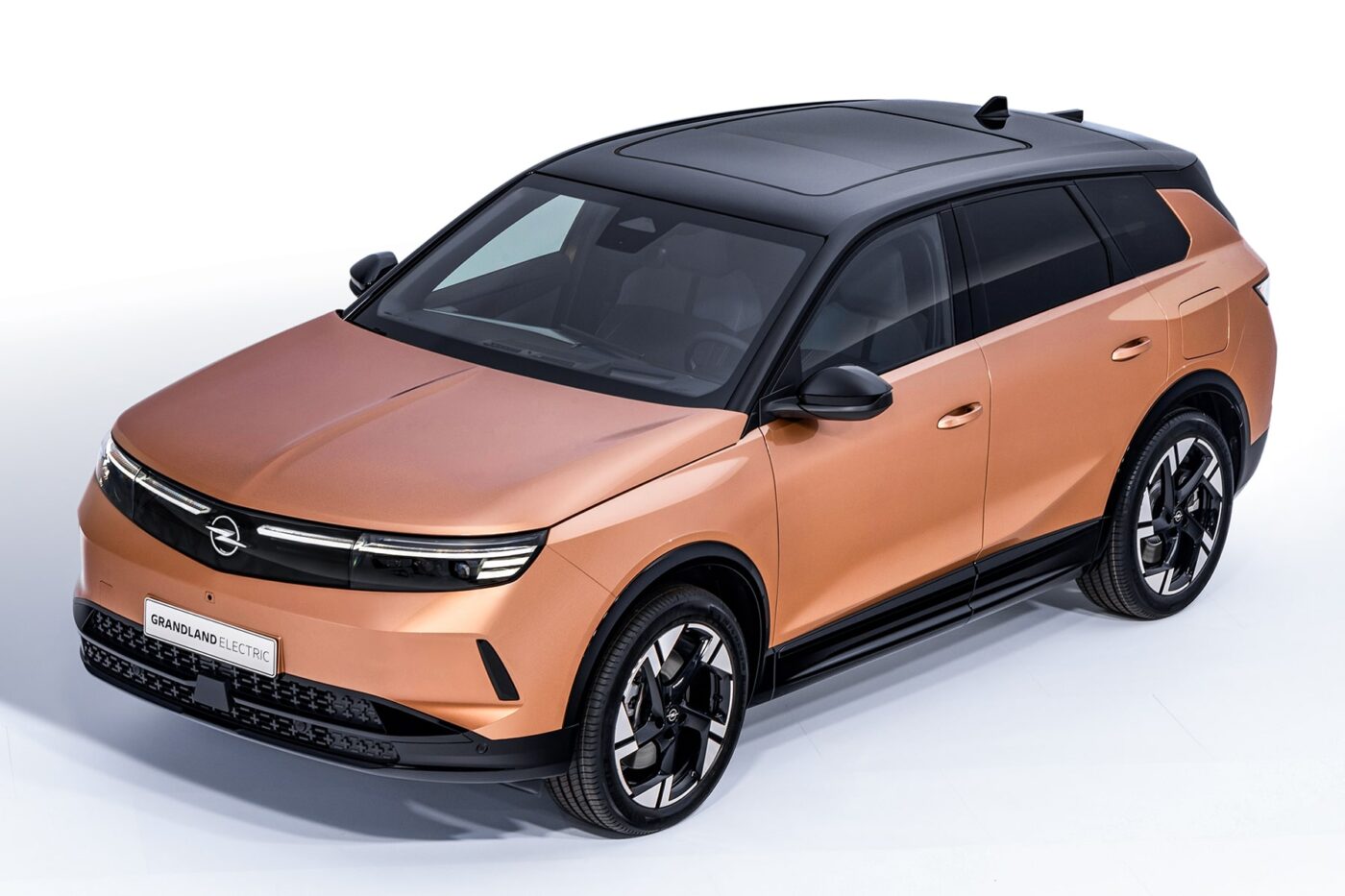
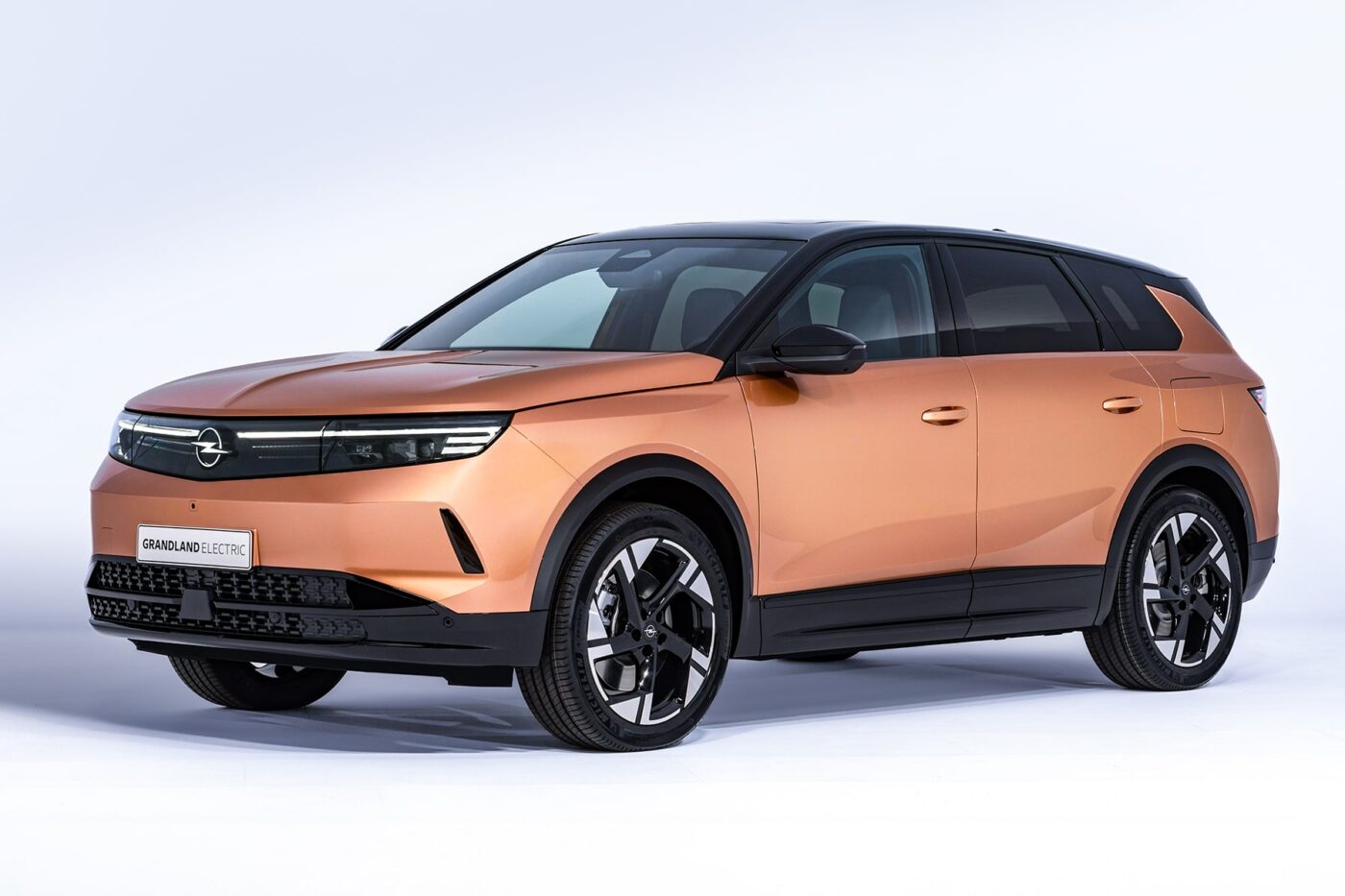
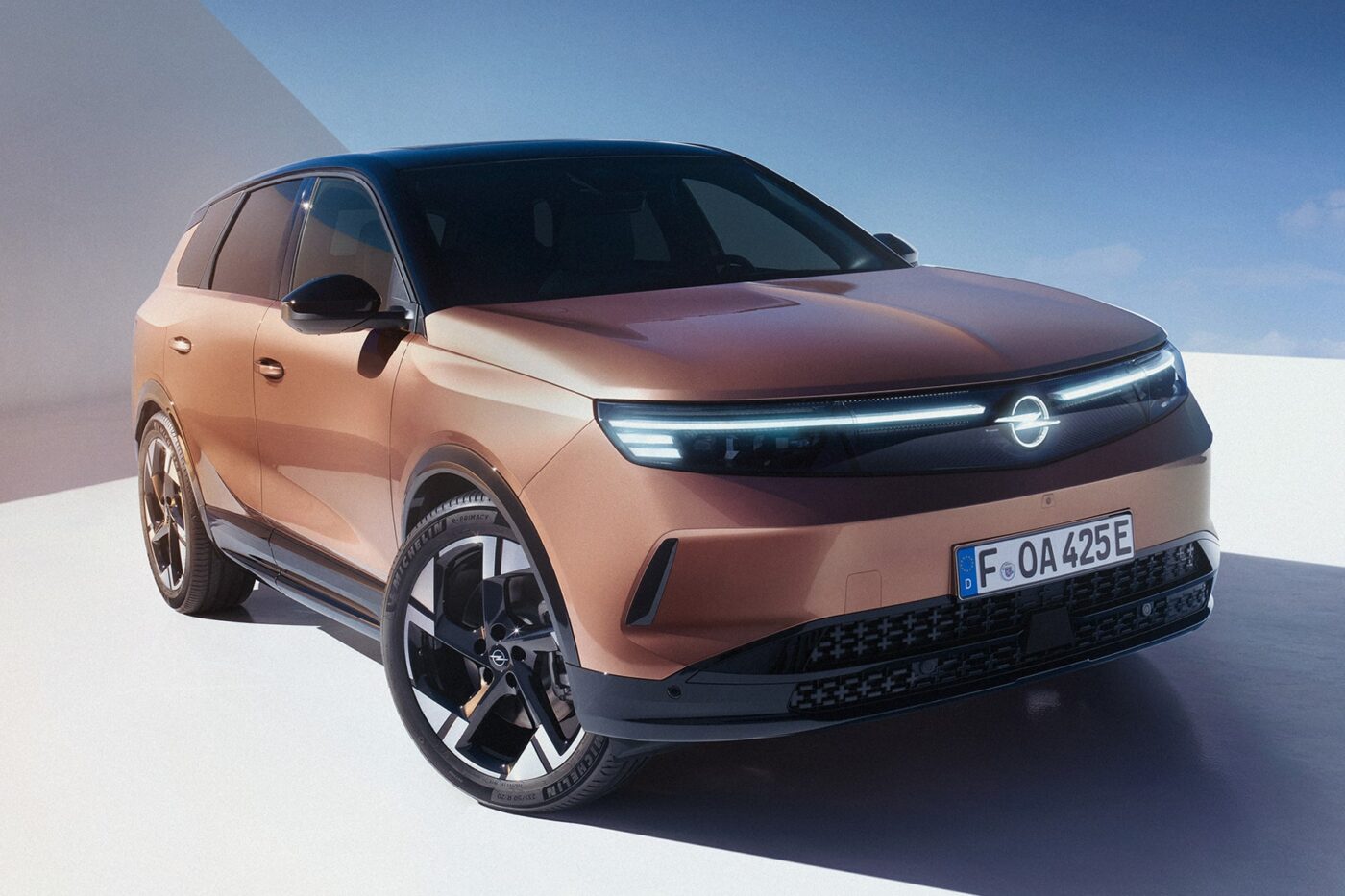
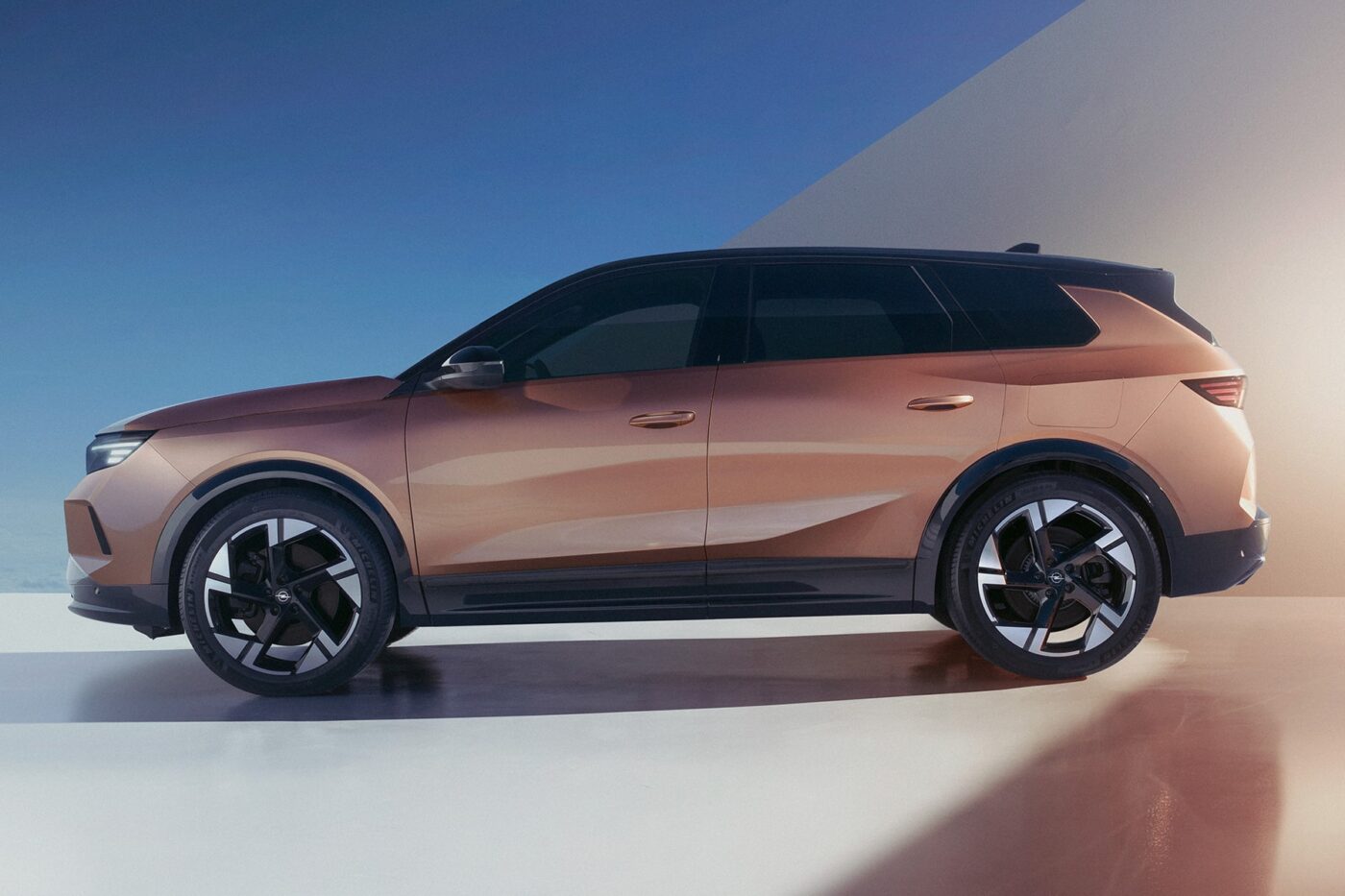
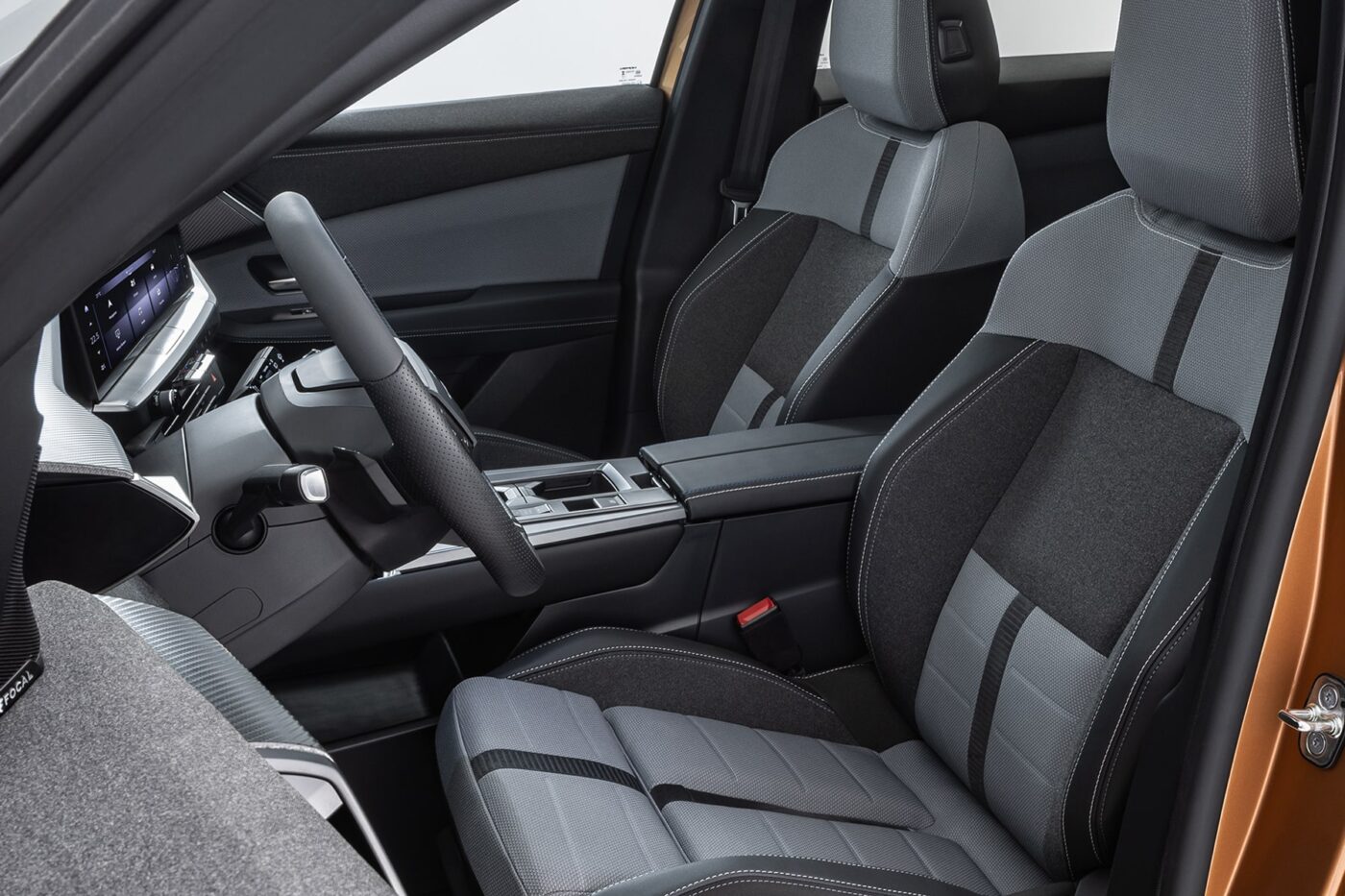
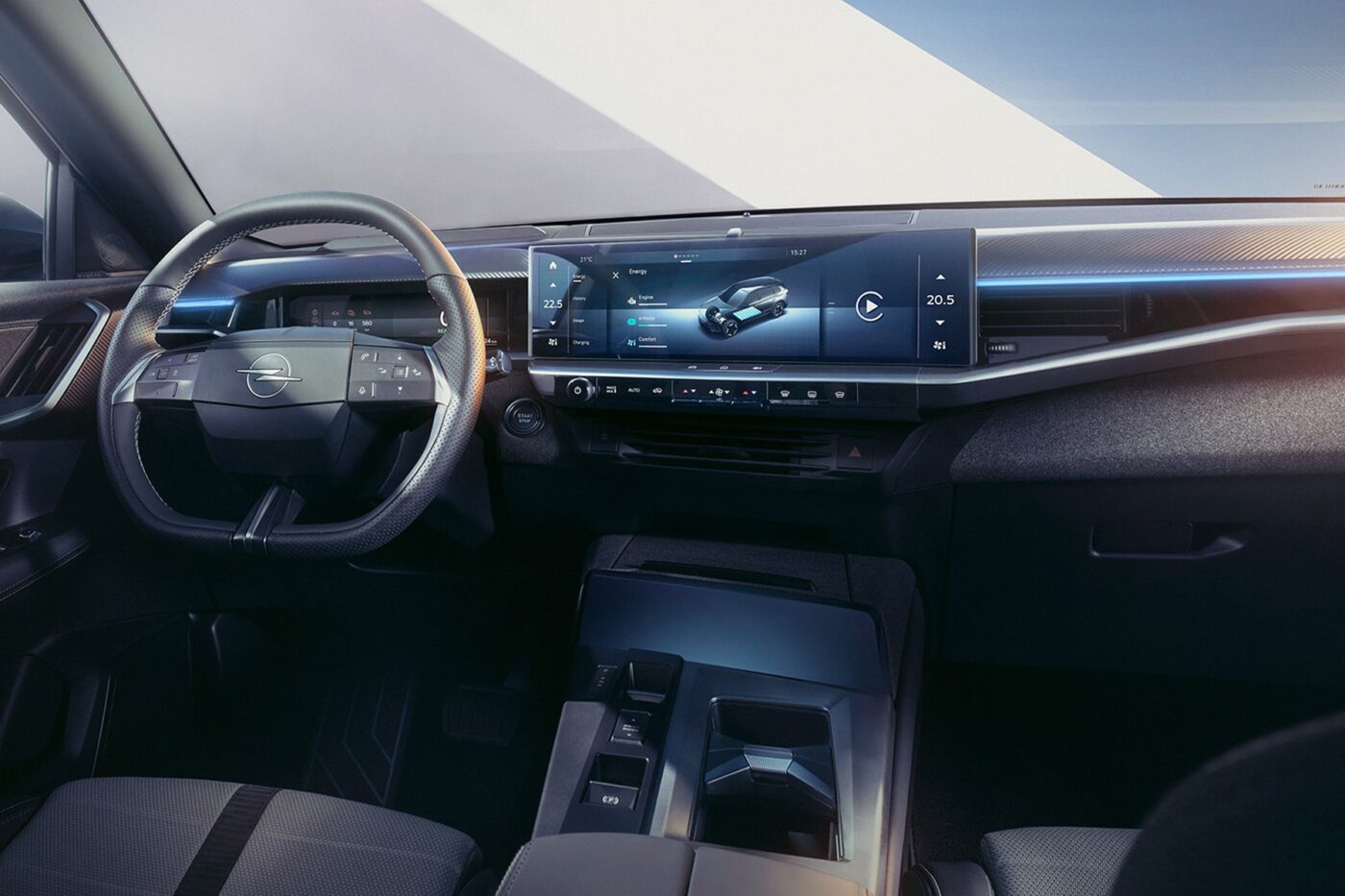
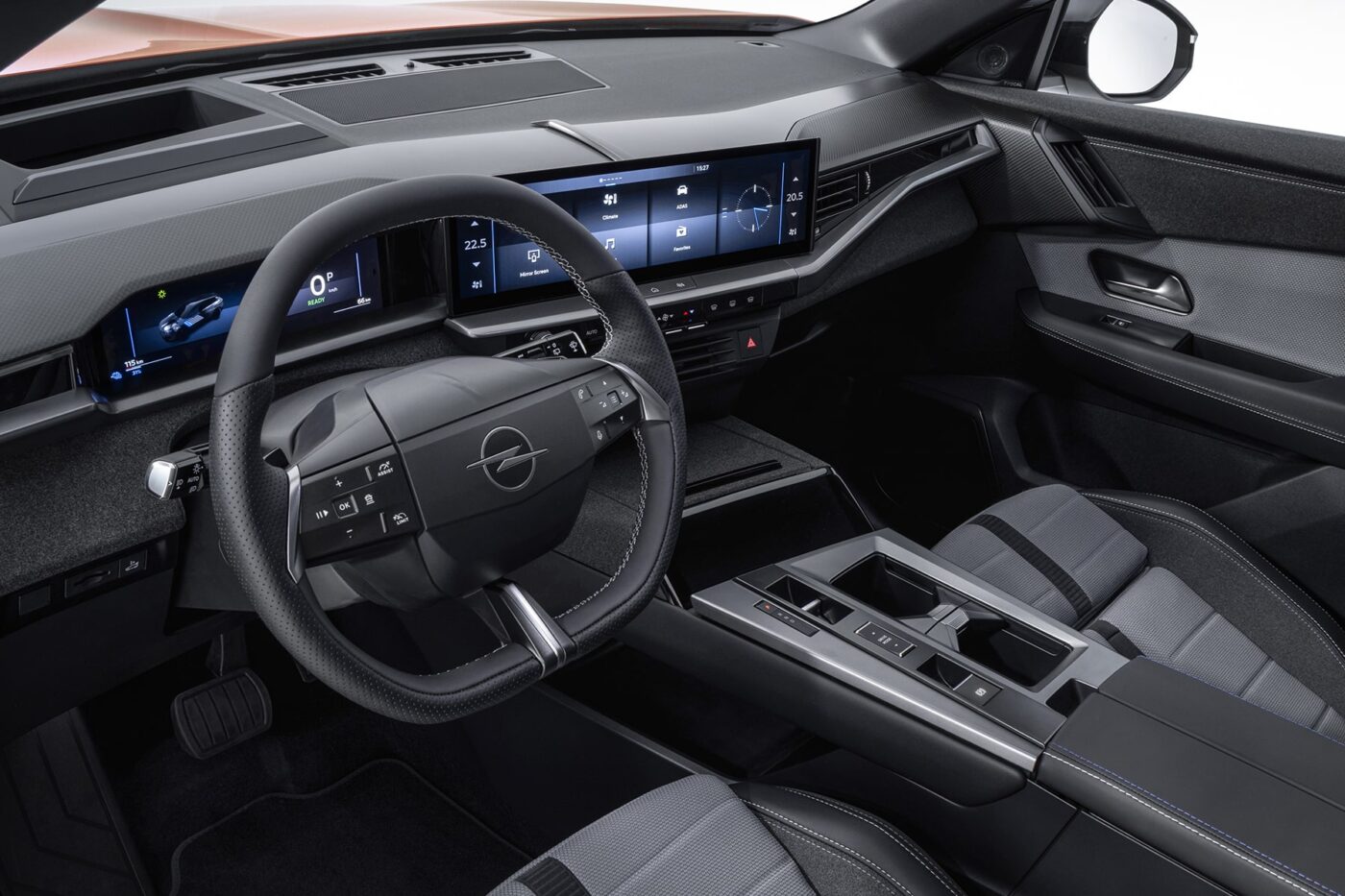
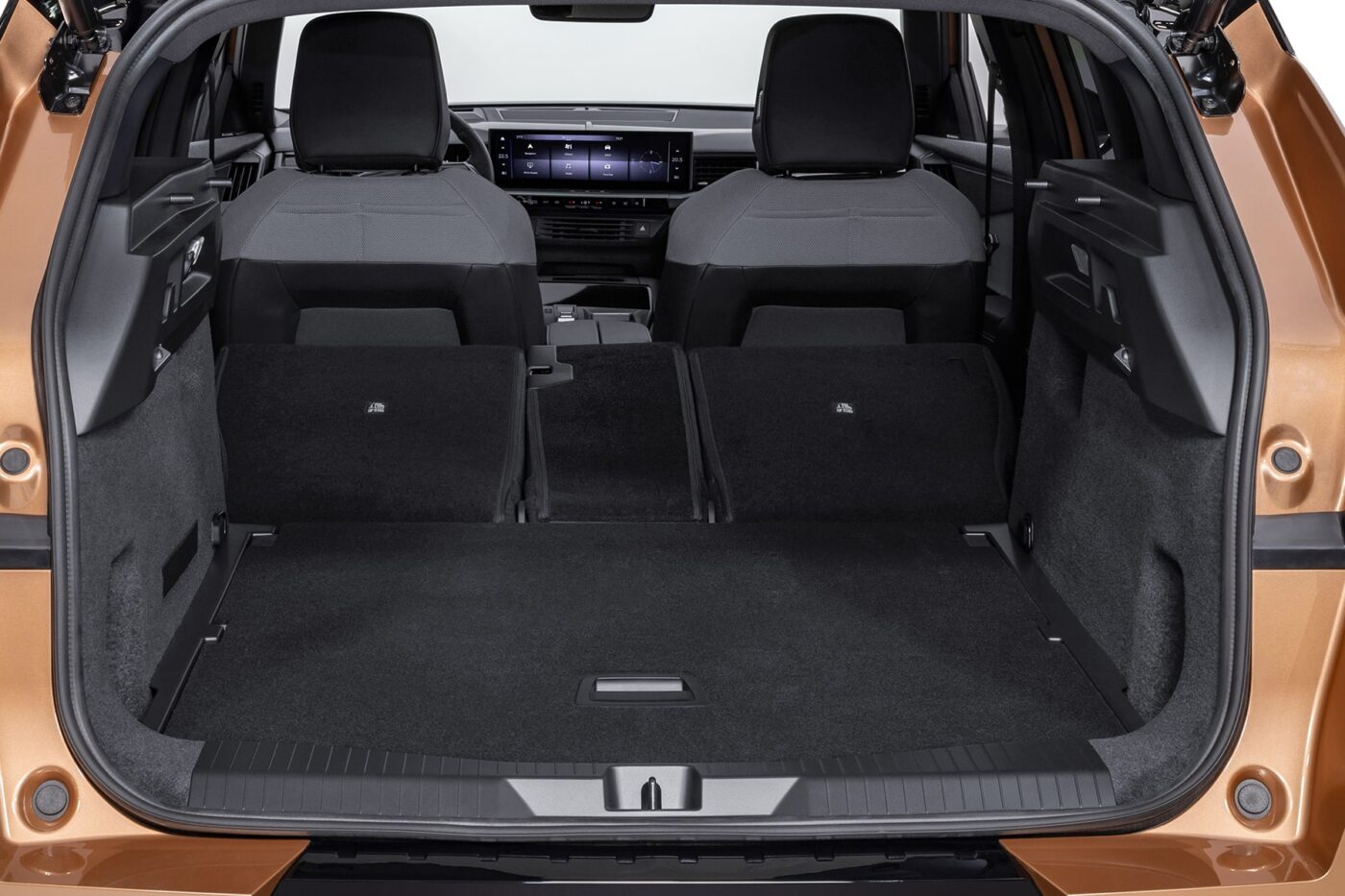
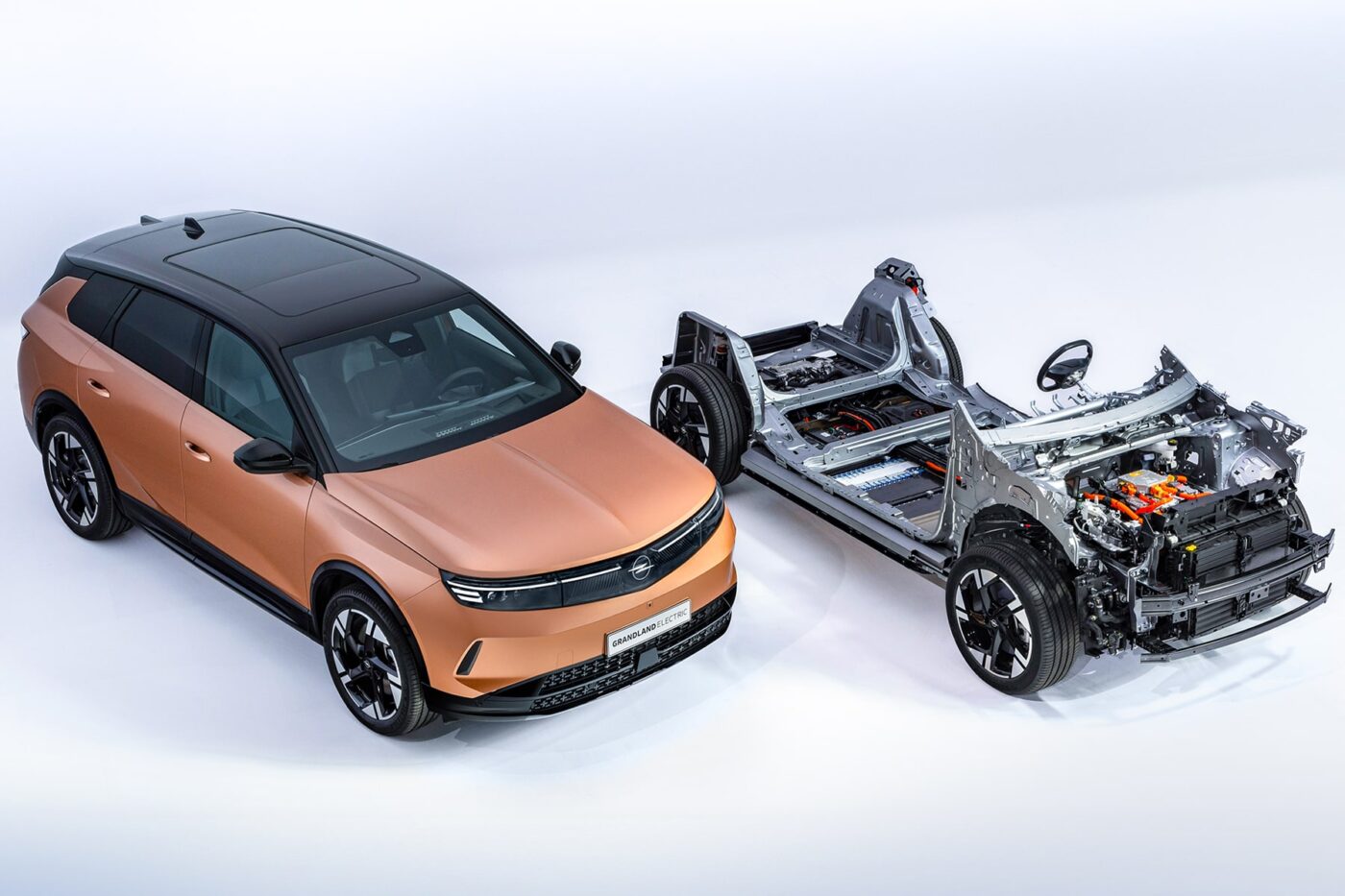
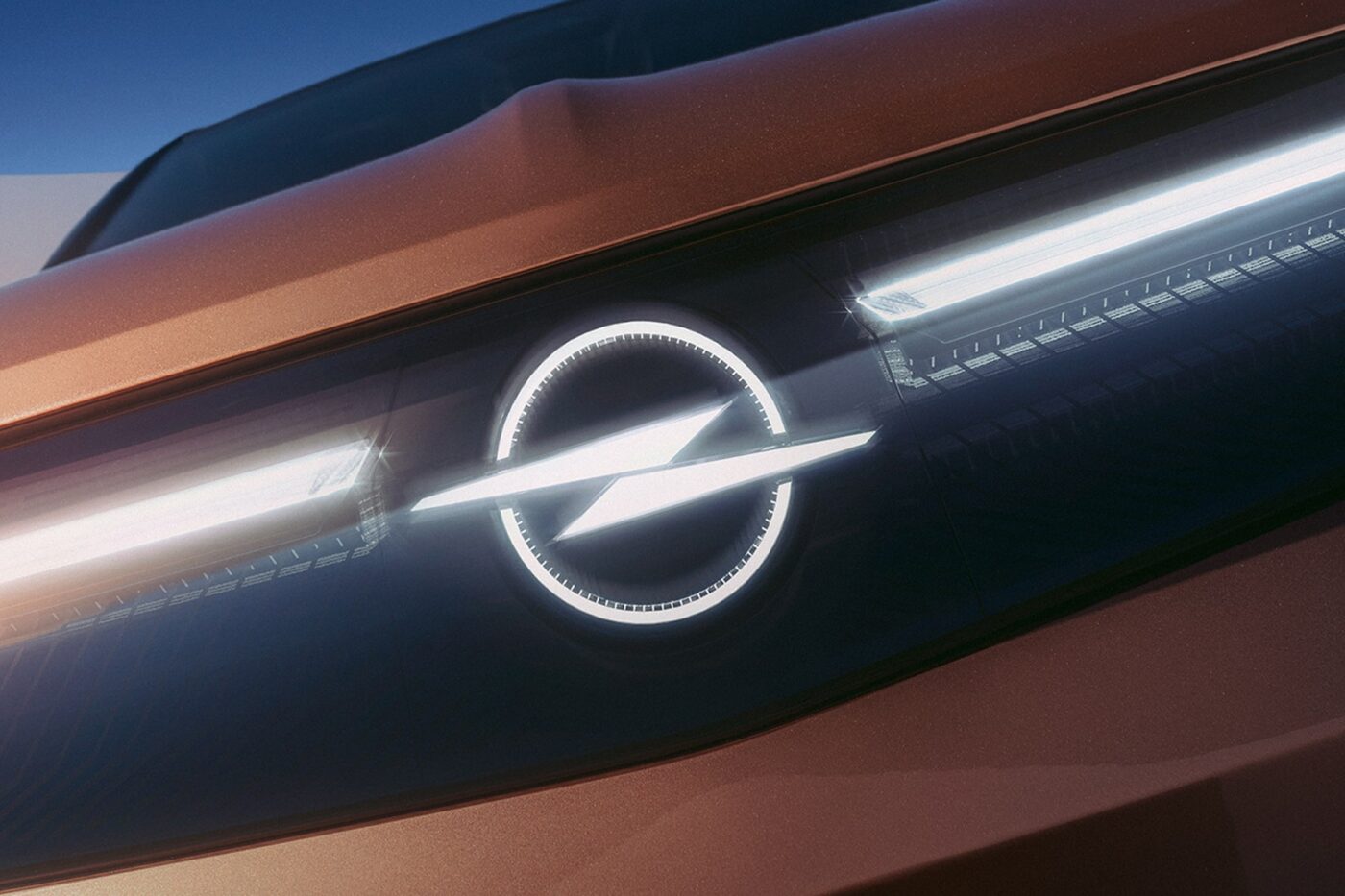
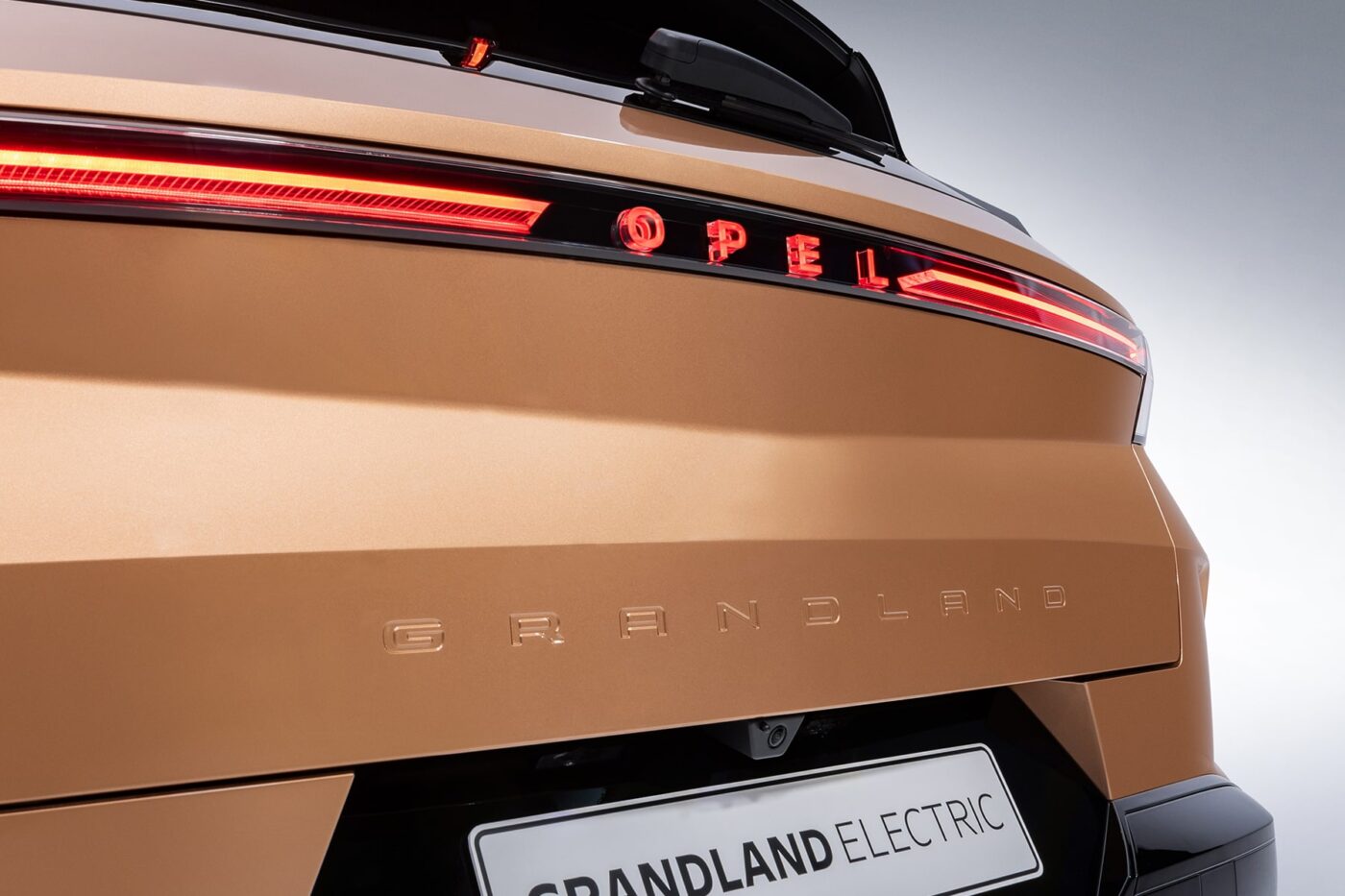
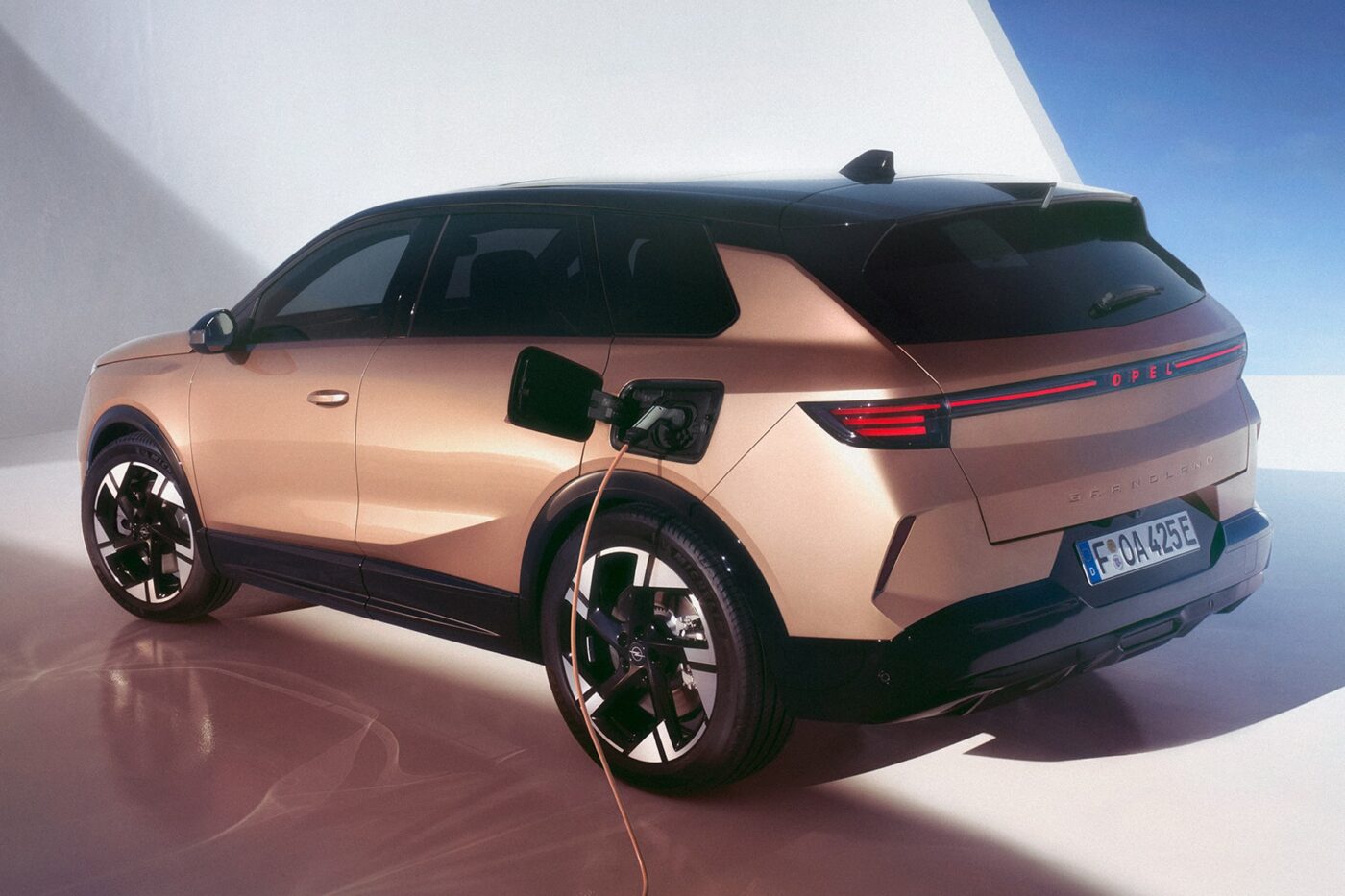
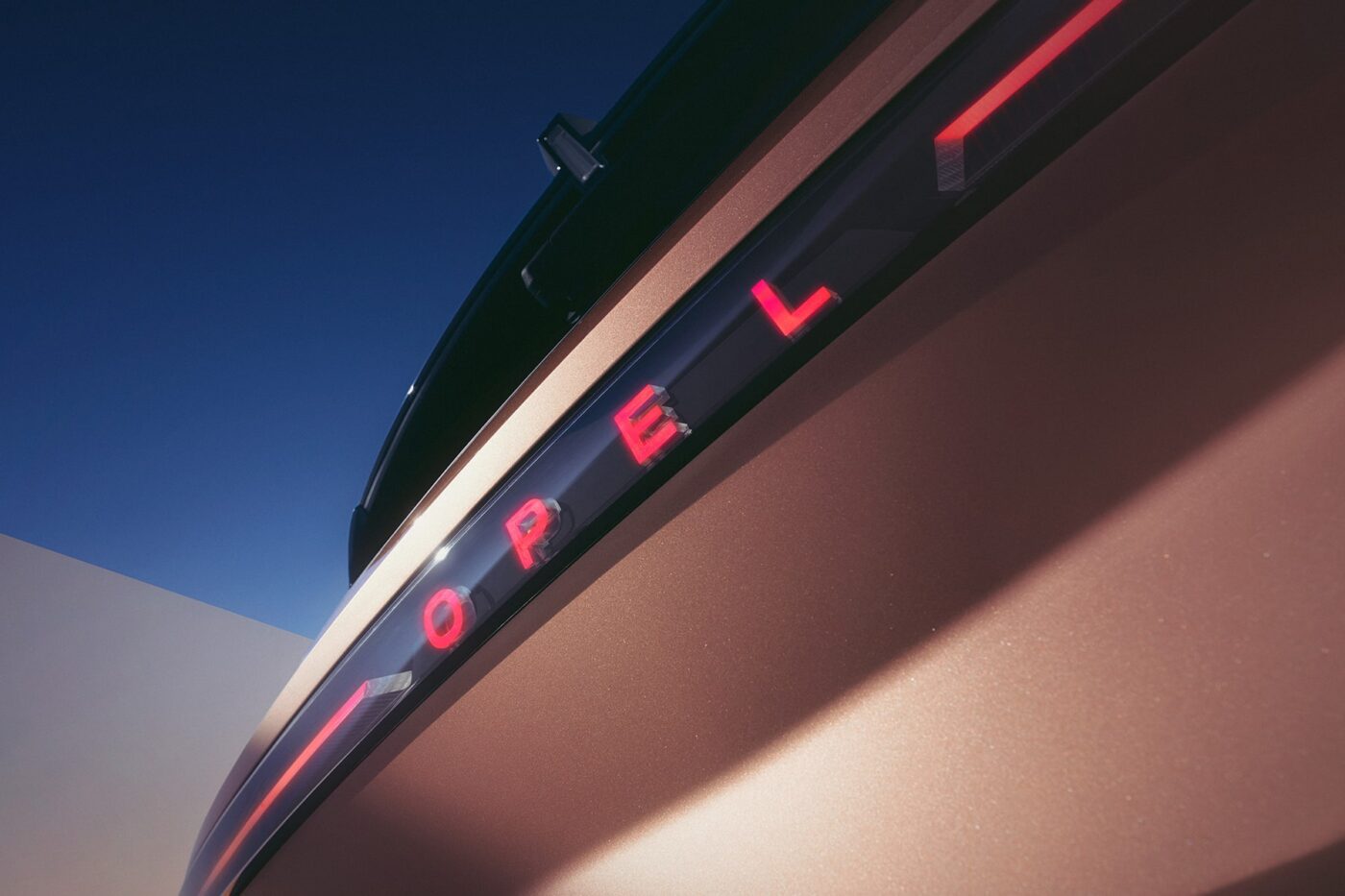
The exact AC charging capacity has yet to be announced, but an 11 kW onboard charger will likely come standard, while 22 kW will probably be available. However, it is already clear that the top SUV from Rüsselsheim will be equipped with a heat pump as standard in Germany.
In terms of style, Opel continues to develop its Vizor brand design. The predecessor already received the Vizor look with the facelift, so you must look at the front to recognise the new generation. Probably the most striking feature is that the “Opel Vizor” has become a “3D Vizor”, which picks up on the design of the concept car Experimental. Firstly, the integrated Opel logo is now illuminated, and secondly, the vertical crease and the horizontal Vizor converge with the illuminated Opel flash in the centre to create the 3D effect. It is easier to distinguish the new generation from the rear, but here, too, it is three-dimensional: there is no longer a brand logo on the boot lid; instead, a 3D Opel lettering is integrated into the light strip. The model designation is no longer affixed with chrome lettering but is large, centred, and three-dimensionally embossed into the boot lid. As extra chrome lettering can be dispensed, it will also be more resource-efficient.
New Grandland will be 17 centimetres longer
Overall, Opel speaks of the “impressive stance of the new Grandland” and the “pure self-confidence” the model will project. At 4.65 metres, the brand’s top SUV has become an impressive 17.3 centimetres longer and wider (1.91 metres, +64 millimetres) and higher (1.66 metres, +19 millimetres). With a wheelbase of 2.78 metres, Opel remains well below the platform’s maximum of 2.90 metres.
Opel does not go into detail about the drive itself in the press release for the world premiere. This leaves us with Peugeot, where the front-wheel drive has an output of 170 kW, and an optional 240 kW all-wheel drive with a second engine on the rear axle is also available. The version with the 74-kWh battery (that Opel may or may not offer) still delivers 157 kW.
Instead of providing technical details, Opel emphasises features such as the “industry-leading Intelli-Lux Pixel Matrix HD light” with over 50,000 light pixels per headlight, the 40:20:40 folding rear seat bench and the up to 1,641-litre cargo compartment. Here, there is a conceptual difference to the Peugeot: not only is it almost ten centimetres shorter, but it also has a flat sloping rear window – good for aerodynamics and, in some people’s opinion, for the design, but rather bad for utility.
The interior features a fully digital cockpit with a head-up display and a 16-inch touchscreen. A few physical buttons supplement the touchscreen to control the air conditioning, which Opel claims can be done intuitively. The German carmaker has also developed a so-called “Pure Mode”, in which the content of the driver information display, the head-up display and the central screen is reduced “to a necessary minimum”, “which further minimises distraction, especially when driving in the rain or at night”. What is striking in the press photos is that Opel does not use black high-gloss plastic elements at touch points such as the steering wheel buttons and the centre console (unlike in the Astra Electric, for example).
Within the Stellantis brands, Opel sets itself apart in terms of lighting (here with the “Intelli-Lux Pixel Matrix HD headlights”) and the seats. Opel’s familiar ergonomic seats have been further developed and, for the first time in the Grandland, feature active side bolsters and thus additional adjustment options. In addition, the driver’s seat offers both ventilation and a massage function.
In addition to the Grandland Electric, the model will be available as a plug-in hybrid with an electric range of up to 85 kilometres and as a 48-volt hybrid. Opel has not yet announced prices, but at least the electric version is likely to be roughly on par with the e-3008 – the Peugeot can be ordered in Germany from €48,650.
Update 15 August 2024
Vauxhall has opened orders for the new Grandland in the UK. Prices for the all-electric versions of the new Grandland start from £40,995, with first deliveries commencing from October. The range tops out at £45,195 with the ‘Electric Ultimate 73kWh 213PS’ variant.
Another version, with a 98kWh battery and electric range of up to 435 miles has also been announced for next year.
Update 27 November 2024
Vauxhall has announced revised pricing on the new Grandland Electric, with prices going down by as much as £4,700, now available from £37,345 OTR. Both the ‘Design’ and ‘GS’ variants are now available for under £40,000 and Vauxhall writes that a new pricing structure has been introduced across all electric models, including the Corsa Electric, Mokka Electric, Astra Electric and Astra Sports Tourer Electric.
“With the recent Budget confirming the introduction of the new Vehicle Excise Duty rules from April 2025, we are pleased to announce that two of our three New Grandland Electric versions, representing around an expected 80% of sales, will not attract this new tax – making going electric in our latest family SUV even more attainable,” explained James Taylor, Managing Director of Vauxhall.
Source: Info by e-mail; only available in German at the time of writing, stellantis.com (update), stellantis.com (update II)

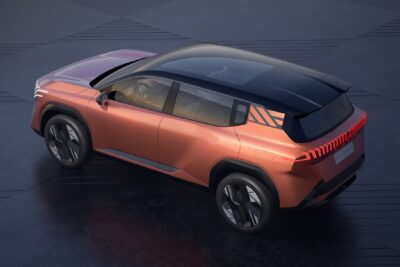
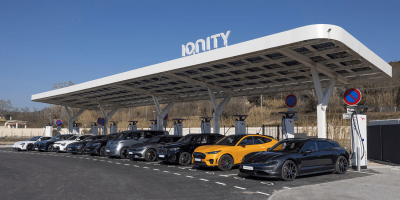
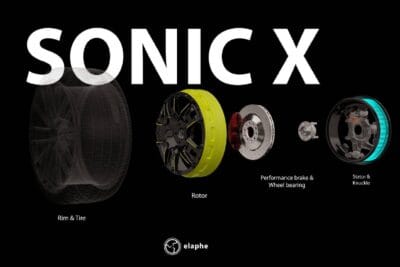
0 Comments